
Twas the Night Before Compliance: A Very iProtectU Christmas & New Year’s Tale
Ho ho hold on – before you climb that ladder to hang the fairy lights…
Health and Safety Software » Health and Safety Software News » PPE Management » Noise Exposure in the Workplace
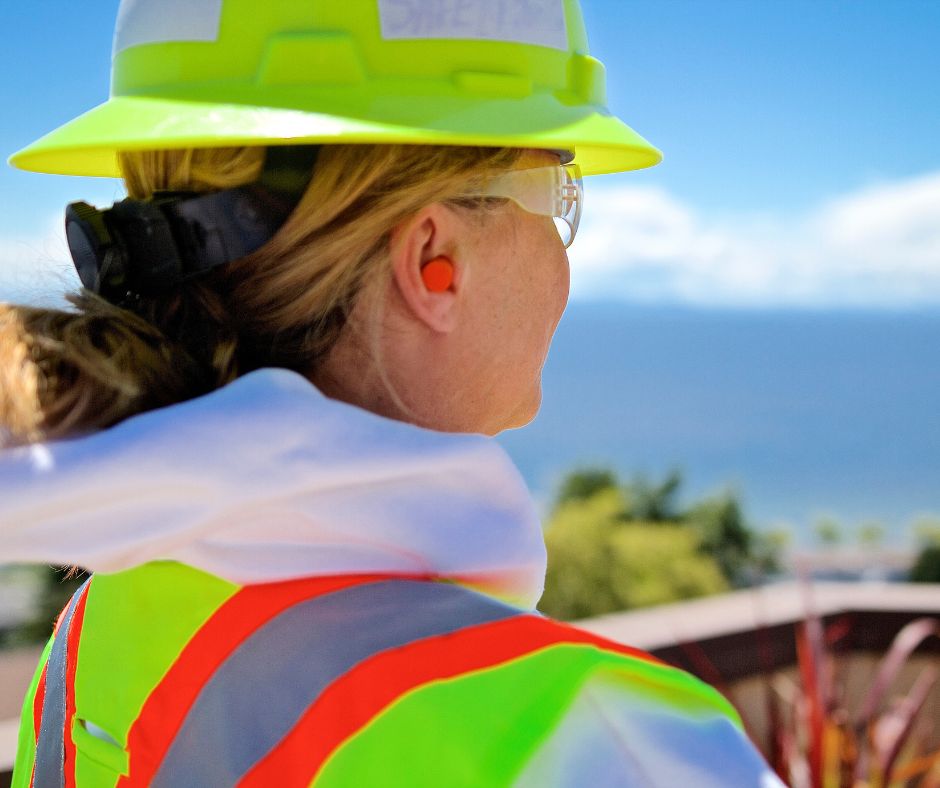
Persistent noise at work could more than double the risk of heart disease, a study by researchers at the University of British Columbia suggests. A further report from the World Health Organisation (WHO) identified a chronic 50dB night-time level (i.e., a persistent level at 50dB) as being sufficient to cause strain on the cardiovascular system. In many countries, levels of 80dB are considered acceptable, which leads us to believe that current occupational noise levels could be a more serious issue than previously thought.
Current health and safety legislation places a duty on employers to ensure that workers’ hearing is protected from excessive noise at their workplace, which could cause them to lose their hearing and/or to suffer from tinnitus.
Before even thinking of reducing noise to much lower levels, it is essential that companies begin by implementing a hearing conservation programme, as this will form the foundations of any future noise-reduction efforts. This is a process that involves three main parts, all of which must be effectively implemented for the system to work: health surveillance, risk assessment and noise control.
Health Surveillance
Finding out who among their workforce is at heightened risk will require employers to carry out health surveillance for noise-induced hearing loss, which means conducting hearing tests. Questionnaires and interviews will form part of a comprehensive testing programme, together with audiometry. The results of audiometric testing should trigger specific assessments, which, in turn, should guide the process of control and the use of Personal Protective Equipment (PPE).
Risk Assessment
Assessing the risk of injury to an employee from noise involves working out how much noise they are being exposed to.
Noise Control
Noise should always be reduced so far as is reasonably practicable, irrespective of the legal thresholds at which certain action should be taken, or whether or not hearing protection is used.
There are some actions that employers can adopt, which can yield significant results.
These actions should be followed until an air-tight system which stops people suffering from hearing problems due to their work is achieved.
Arrange your demonstration
Let us show you how we can transform your health and safety, risk and compliance management
Please choose a date and time for your demo. We look forward to meeting with you.

Ho ho hold on – before you climb that ladder to hang the fairy lights…
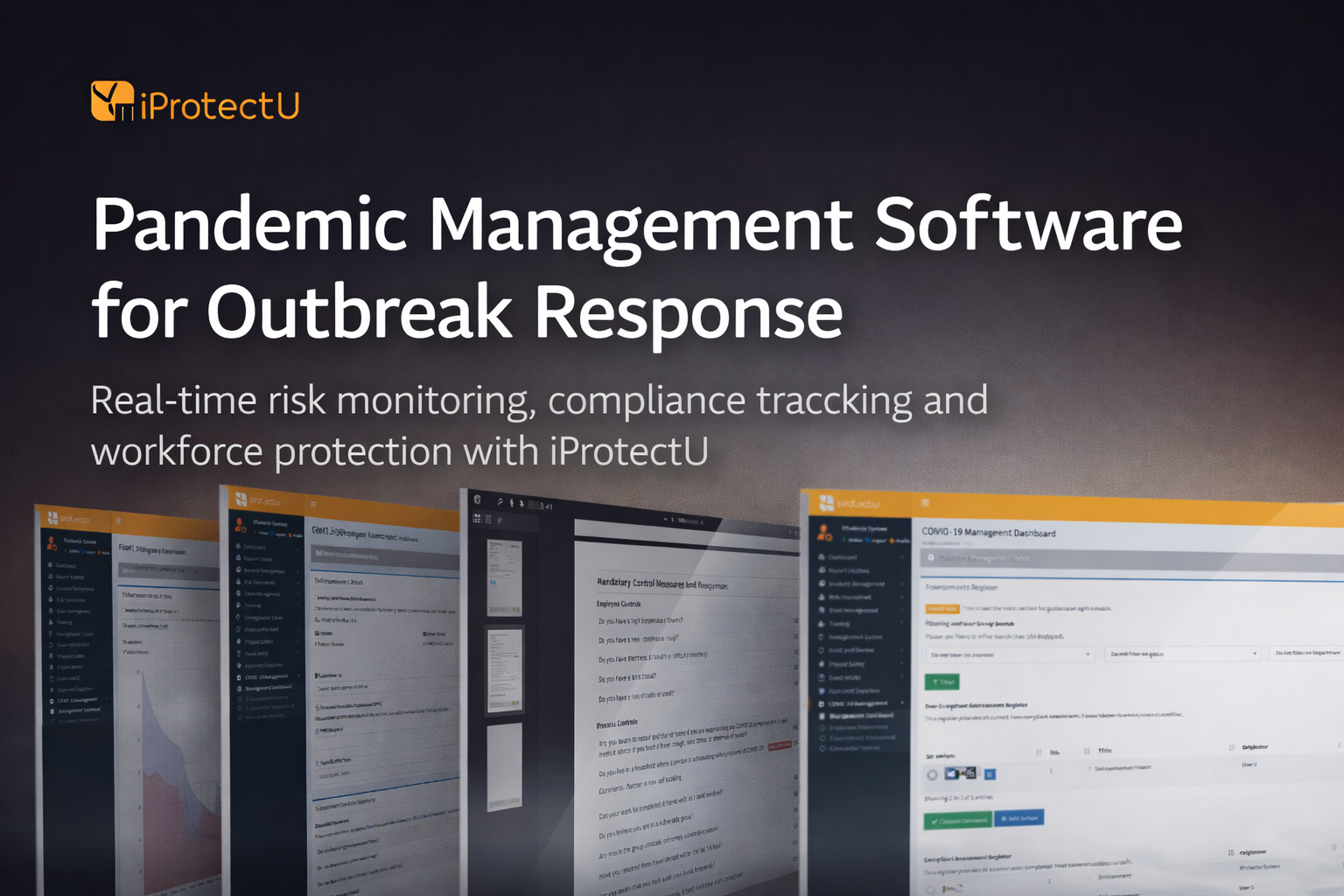
Europe’s rising influenza activity underscores the importance of having the right digital tools in place.
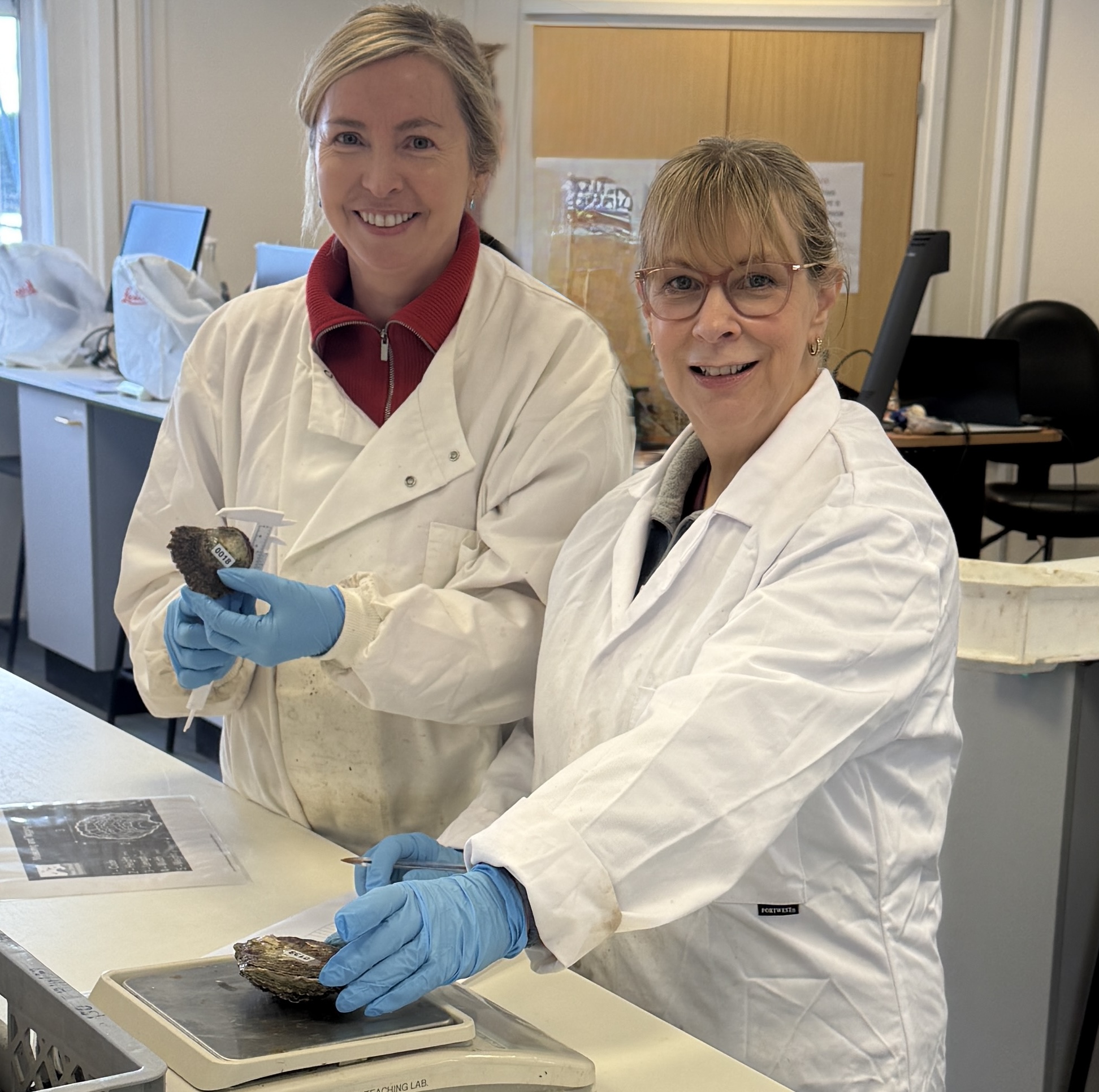
iProtectU is proud to support the Final Straw Foundation’s Native Oyster Restoration Project, helping restore
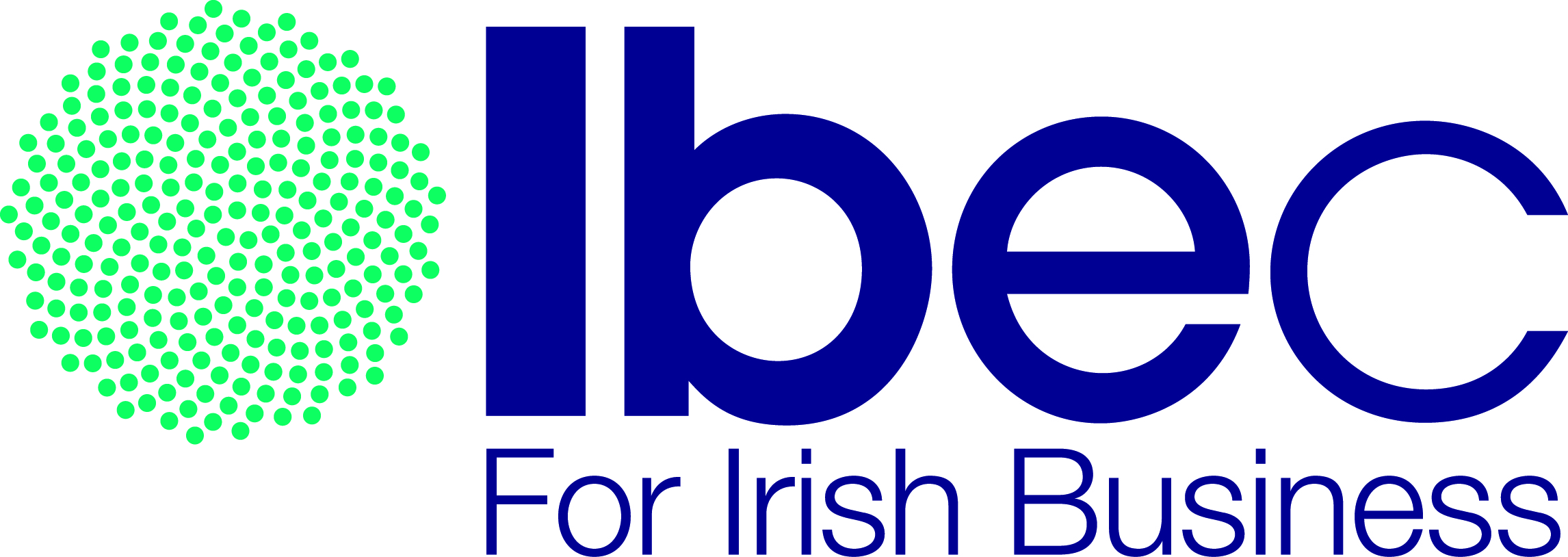
When a national voice like IBEC publishes your perspective, it matters.
This week, iProtectU
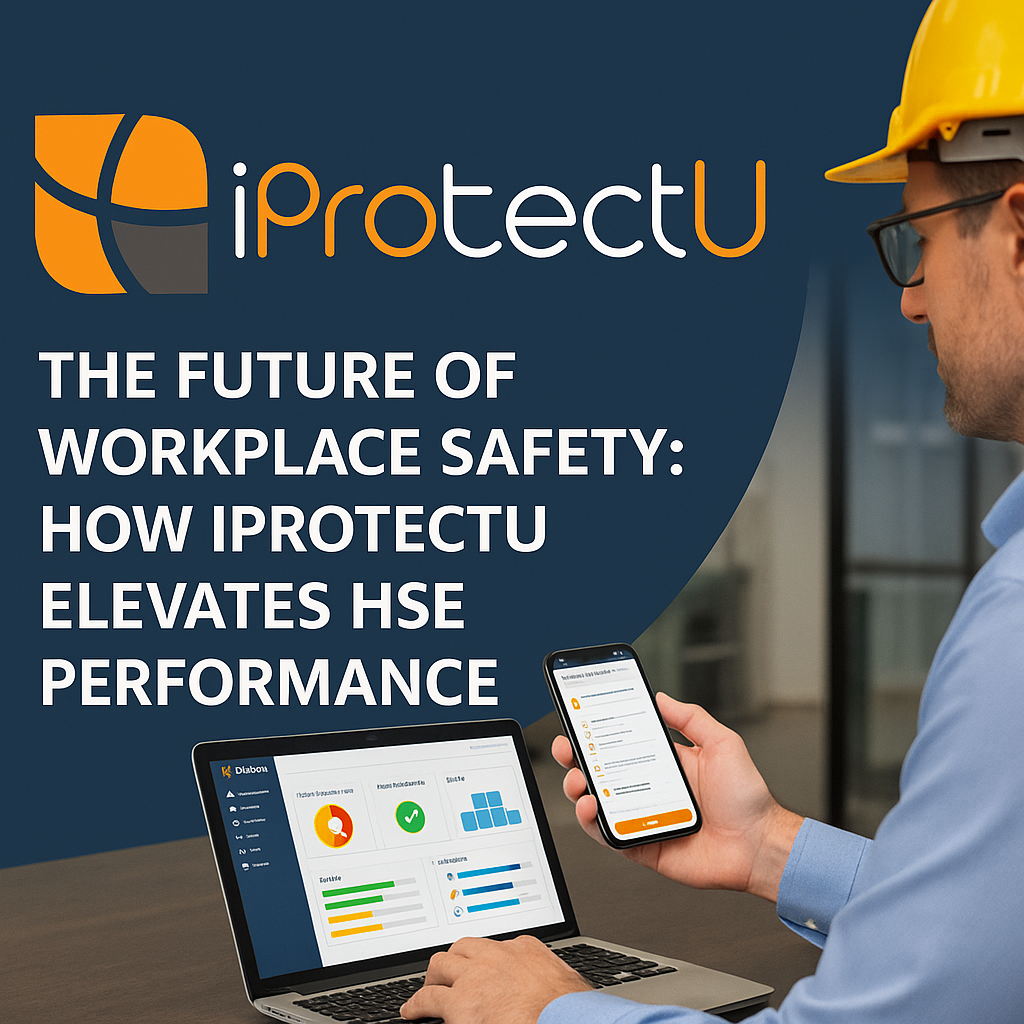
Modern HSE software has evolved into a strategic necessity, empowering organisations to manage risk proactively,
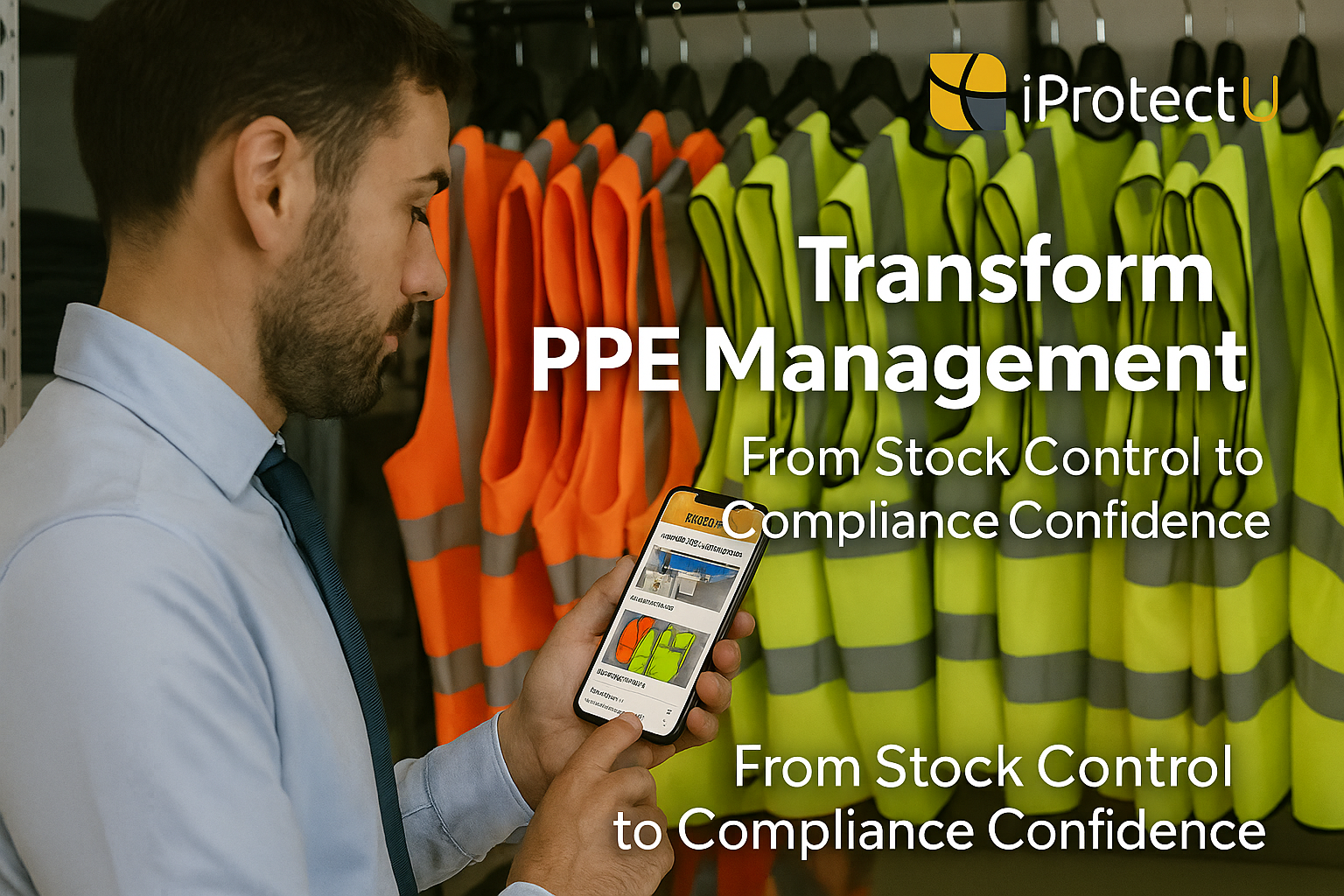
Managing personal protective equipment (PPE) doesn’t have to be a paperwork struggle. With iProtectU, safety